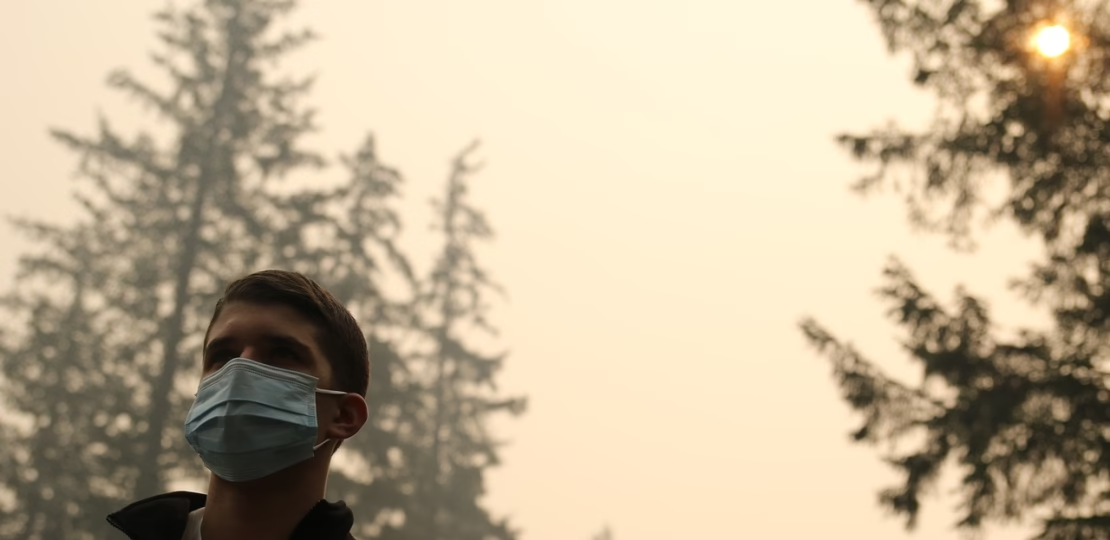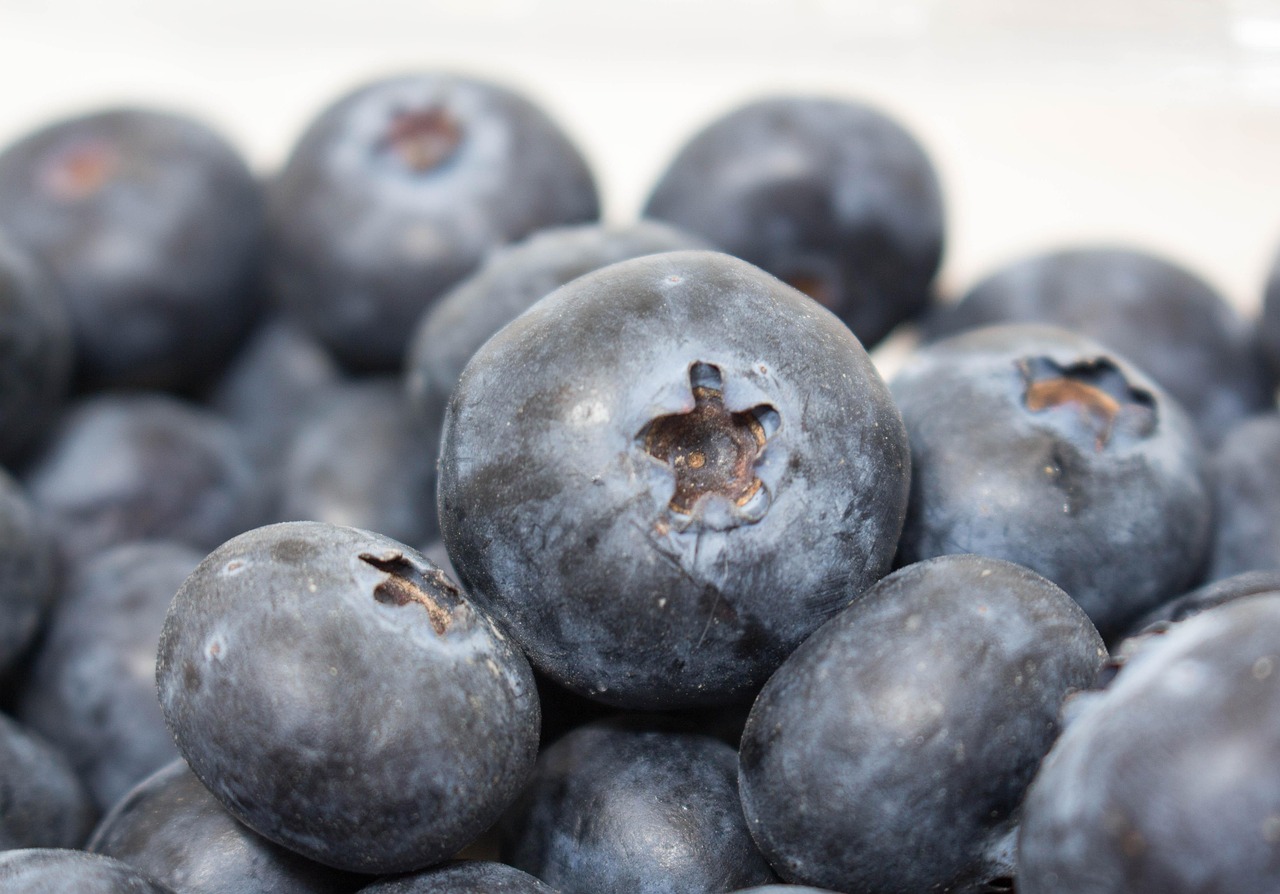Air Pollution Triggers Smoking-Like DNA Mutations in Lung Ca
July 6, 2025 | by Rachel Bloom

When the Air We Breathe Mimics a Pack of Cigarettes
by Dr. Rachel Bloom — holistic wellness researcher and advocate
I grew up in a coastal town where sea-salt breezes kept our lungs feeling expansive and alive. Years later, moving to a bustling city taught me an unsettling lesson: the invisible can change our DNA. This week, a landmark global study confirmed what many clinicians and environmental scientists have feared: fine-particulate air pollution (PM 2.5) can trigger smoking-like genetic mutations in lung cancer, even among lifelong non-smokers. The research analyzed 871 tumors from never-smoker patients across 28 countries and tied higher pollution exposure to mutation patterns once thought exclusive to tobacco smoke. Read the NIH news release.
Decoding the Study in Human Terms
The team behind the Sherlock-Lung project used whole-genome sequencing to map billions of DNA letters inside each tumor. They discovered a significant uptick in mutations of the tumor-suppressor gene TP53 and a mutational signature labeled SBS4 — a fingerprint historically linked to heavy smoking. Source. What’s startling is that the pollutant mix we inhale from traffic, industry, and wildfire haze seems capable of carving similar scars into our chromosomes as burning tobacco leaves.
Parallel mechanistic work shows why. Microscopic PM 2.5 particles bypass the respiratory defenses, lodging deep in the alveoli. They ignite chronic inflammation, unleash oxidative stress, and activate growth-promoting pathways such as EGFR and NF-κB —creating the perfect storm for mutations to accumulate. Detailed review on PMC. Over years, these genomic insults can pave the road from healthy lung cells to malignant change.
Why This Matters for All of Us
1. Lung cancer is no longer “just a smoker’s disease.”
Globally, up to a quarter of lung cancers now arise in people who have never lit a cigarette. NIH data show women, younger adults, and certain ethnic groups bear a disproportionate share. Air quality appears to be a major equalizer —or, more accurately, a disquieting leveler.
2. The mutation load predicts prognosis and treatment response.
Smoking-like signatures often indicate a higher overall mutation burden. While that can make tumors more visible to immunotherapy, it may also signal aggressive biology. Personalized oncology increasingly relies on these genomic “roadmaps” to choose targeted drugs.
3. Telomeres shorten prematurely.
Shorter telomeres—the protective tips of our chromosomes—were linked to higher pollution exposure in the same dataset. See study. Think of telomeres as shoelace caps; when they fray, cellular aging accelerates. Air pollution appears to push our chromosomal clocks forward, long before cancers take hold.
From Data to Daily Decisions
This news can feel overwhelming, but empowerment lies in practical steps:
• Curate your indoor air.
Invest in a high-quality HEPA filter, especially if you live near highways or often experience wildfire smoke. Keep windows closed during pollution spikes and ventilate when air-quality indices (AQI) improve.
• Check the AQI before lacing up.
Most smartphones include an air-quality widget; set yours to alert when PM 2.5 crosses 35 µg/m3. On red-zone days, move outdoor runs to a gym or an early-morning timeframe when traffic is lighter.
• Green your commute.
Each mile you walk, bike, or ride share with an electric fleet shaves off localized emissions. Collective choices influence city-wide particulate levels surprisingly fast.
• Nourish your antioxidant defenses.
A plate rich in cruciferous vegetables, deeply colored berries, turmeric, green tea, and omega-3 fats offers molecular shields against free-radical damage. Nutrition cannot out-supplement toxic air, but it can fortify cellular repair pathways.
• Advocate and vote for cleaner policies.
Clean-energy legislation and tighter fuel standards remain among the most powerful “public-health medications” ever devised. Your voice at local council meetings, public-comment periods, and ballot boxes matters.
Caring for Our Breath, Caring for Ourselves
As a clinician who sits with patients newly diagnosed with lung cancer, I see the silent grief of “Why me? I never smoked.” Knowing that ambient air can write harmful code into our DNA reframes the conversation: it is not a personal failure; it is a societal failing–one we still have time to correct.
On a personal note, I keep a little ritual: when the AQI dips into the “good” green zone, I step outside, barefoot if possible, breathe intentionally, and whisper a quiet thank you to the wind. It reminds me that clean air is not just the absence of pollution; it is a nourishing presence, a right as fundamental as clean water.
Hold this study not as a doom-laden headline, but as a clear mirror. The reflection tells us our lungs are community property; the atmosphere unites us with every neighbor, sparrow, and street tree. Protecting that shared breath may be the most radical act of self-care — and collective care — of our lifetimes.

RELATED POSTS
View all



